In conversation with Sofia Cardoso
last updated 30 April 2024
Sofia Cardoso is a Portuguese illustrator and designer of sweet and playful artwork, colorful storytelling and young characters full of personality. Using a mix of both traditional and digital mediums, she loves creating illustrations that are imaginative and aim to spark joy!
Her passion for illustration goes all the way back to her childhood years when her enthusiastic urge to create and doodle was nurtured by family and educators. Taking inspiration from these precious years and her now everyday life, besides illustrating for children’s books, she also creates designs and collections for greetings, gift, stationery, apparel, lifestyle and games (e.g. puzzles).
We caught up with Sofia to find out all about her process and approach to creating art.
Talk us through your creative process. How do you approach a brief?
Be it for publishing or art that is meant to be licensed (cards, stationery, puzzles, etc.), my creative process always start by jotting down ideas, descriptions, keywords, basically anything that comes to my mind in order to filter what can work within the given art notes and specs, what themes or topics I need to research and what little extra sprinkles of magic can I bring to the project through my illustration work.

For book projects, the process usually takes more time because I really like to familiarize myself with the brief’s manuscript in order to really dive into the story and the world I will be bringing to life through the artwork. My first messy and very rough doodles begin to appear on paper at this stage, and things then progress organically from there. Loose sheets of random paper, especially graph paper, are my go to for this. I’ve already come to terms that I’m not a sketchbook type of artist - the more random the piece of paper, the better!

Your work is aesthetically unique to you, how do you approach translating your ideas to the page?
Scribbling and doodling things down helps me feel organised and avoid feeling overwhelmed when gathering ideas for a project - I’m able to focus a lot better and can easily go back and forth to add, remove and refine as I move along through composition, page flow and character bits and bobs that go from how they will look and dress to how their environment will help portray their personality and story.
Lots of research also happens because as much as I like to illustrate whimsical things that leave a bit of room for the young reader’s imagination, some projects do require for certain details to be depicted as accurately as possible.
Take my latest picture book project You Are Brave as an example - in this book the characters are shown either representing, practicing or trying for the very first time some sort of job, activity and/or hobby. While sorting through ideas, one detail that the team made sure was present throughout the pages was that a good amount of both creative and athletic activities were featured, as well as, variety within these two groups. This meant that key details like belt colors, uniforms, saftey gear, game pieces and other things like that were essential. Well, since I don’t have a judo belt, my scarce ballet notions come from early 00’s Barbie movies, I never really cared much for sports classes while at school and my brain never got around to decode the fine art of chess, a proper research spree was needed for most of these activities before I moved on to proper sketching. One does end up learning quite a bit about a variety of topics through book projects like this one.

Who/What have been your key influences as an illustrator?
Most of my inspiration comes from my childhood and my now everyday life and all of that combined ends up influencing my work as an illustrator on a daily basis. I was a kid from the 90’s, so a lot of my favorite cartoons from that time do still inspire me to this day. Books and comics too – works from authors like Phyllis Reynolds Naylor and Elisabetta Gnone/Alessandro Barbucci were two big influences throughout my early adolescence.

How did you begin illustration?
I think I’ve always been a very creative person by nature, so things progressed very naturally. My enthusiastic urge to create was nurtured by family and educators since kindergarten, mostly through drawing, painting and collage, but I remember telling people I wanted to either be a hairdresser or a vet when I was around 6 years old. As time went on, it was replaced quickly for the pursuit of a career in Arts and I took upon myself to work diligently towards that goal. I chose to study Visual Arts in high school and then Communication Design at University. At the time, my options were limited to the city where I lived so it was either Architecture or Design. A lot of topics were covered throughout the course, including children’s book illustration which was the first time I was given some insights on what goes behind creating a book. They were although too generic and I found myself wanting to know more and eager to research and supplement my knowledge on the subject.
I started working part time while I was still studying in order to buy myself specialized books, attend workshops and participate in a few online courses. After getting my BA, I worked as an in-house designer while I kept building my illustration skills and portfolio. A little while after, I decided to go full time as a freelancer and since then I’ve had the opportunity to collaborate with amazing people on all sorts of creative projects, from children’s books to greeting cards, puzzles to packaging for chocolates.

What’s your favourite part of the illustration process?
It tends to fluctuate from project to project. For greeting card designs and puzzles, for example, it is when the idea is already established and I’m fully immersed in getting all the elements and little details to work in harmony. When illustrating for books, it is bringing the characters to life and then experiencing the story vicariously through them. Through You Are Brave I got to “bake” cakes and “cook” new foods, “attend” a pottery class, reminisce on my swimming lessons and scout days and finally succeed in seeing an avocado seed turn into a proper plant - mine either withers or doesn’t sprout at all in real life, so a bit of that despair was the inspiration for one of the book character’s struggle.

To an up-and-coming artist, what’s one piece of advice you would give?
Have clear goals but focus on one or two tasks at a time in order to not feel so overwhelmed. And while you’re at it, remember to give some extra TLC to your back, neck, eyes and wrists.
What would be your dream brief?
Very difficult to pick just one because there’s so many things that I would really love to do and create for! I’ve always said that one of my illustration goals was to one day illustrate a recipe book and/or a heavy food themed children’s book (big foodie here!). Briefs that match my colorful and joyful art style are always appealing, of course - throw some sprinkles of fiction and magic to the storyline and it is bound to be a fun project.
If I’m allowed to dream BIG, I would love to collaborate alongside a creative team on something that I’ve both illustrated AND written. I recently created an early pitch idea for a board book series that I’m really excited about so we’ll see how that pans out.
To look at the last interview we had with Sofia, click here.
To work with Sofia, get in contact with agent Emily Fernandez here.
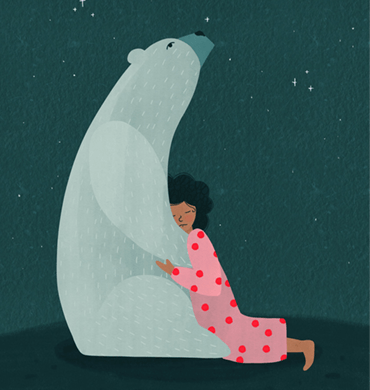 How we work
How we work
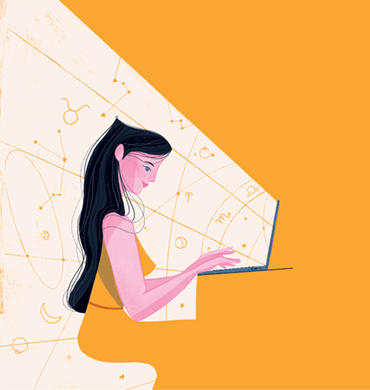 What we do
What we do
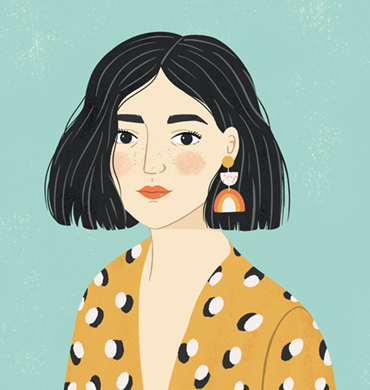 Meet the team
Meet the team
 Artists
Artists
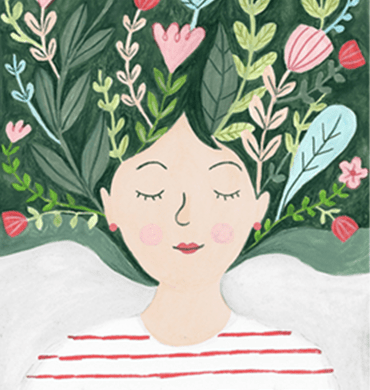 Agents
Agents
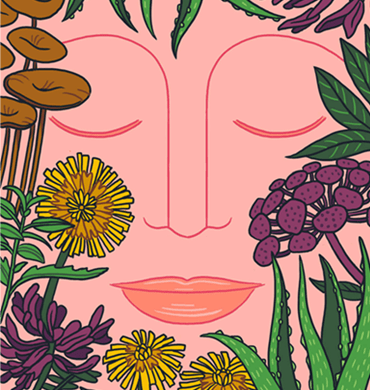 Collections
Collections
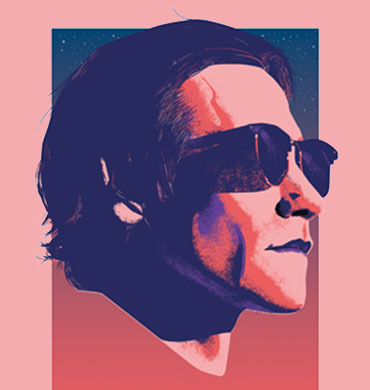 Submissions
Submissions
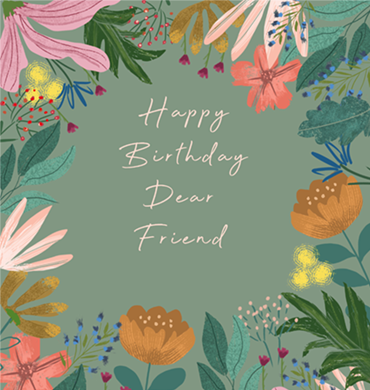 Artists
Artists
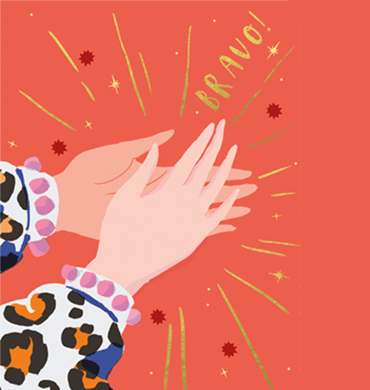 Agents
Agents
 Collections
Collections
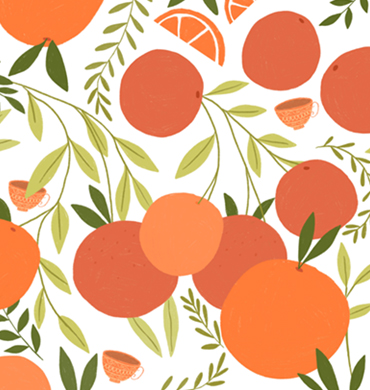 Submissions
Submissions
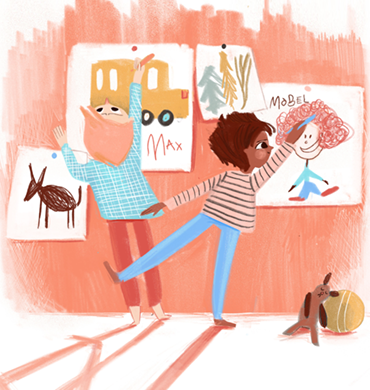 Authors
Authors
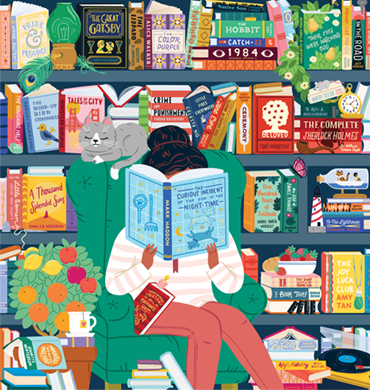 Artists
Artists
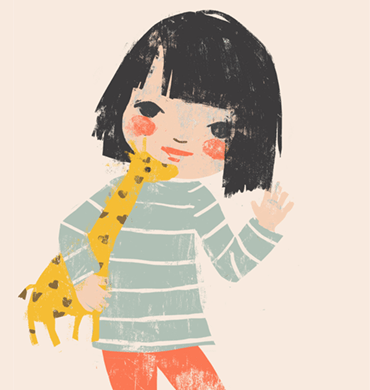 Agents
Agents
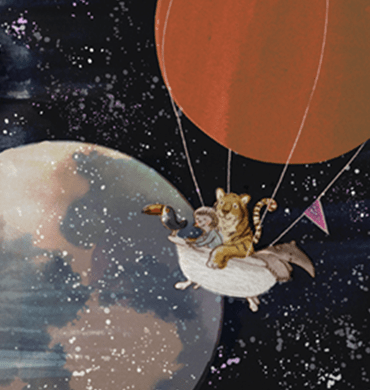 Collections
Collections
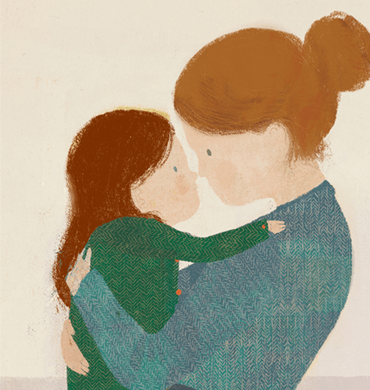 Submissions
Submissions
 Animators
Animators
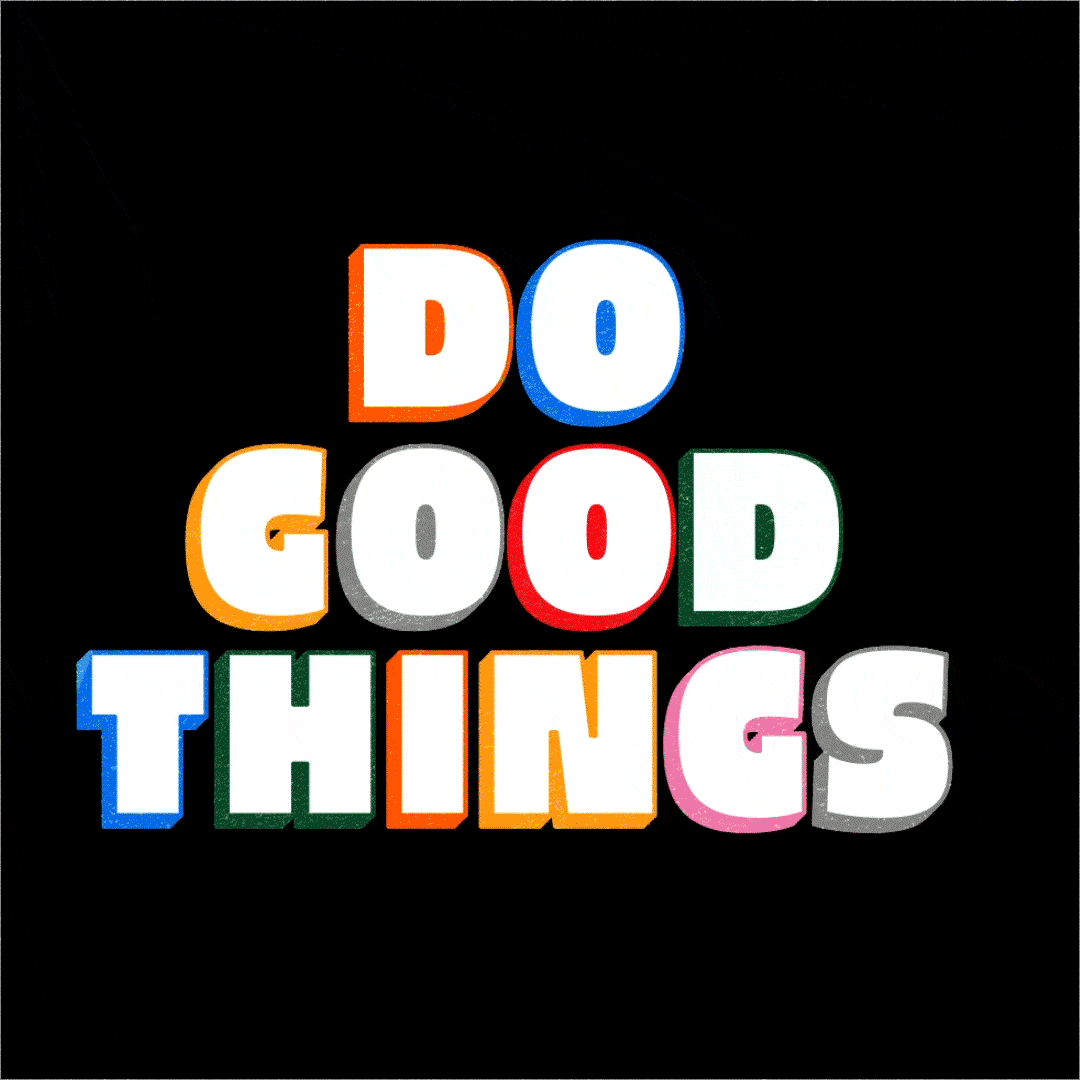 Agents
Agents
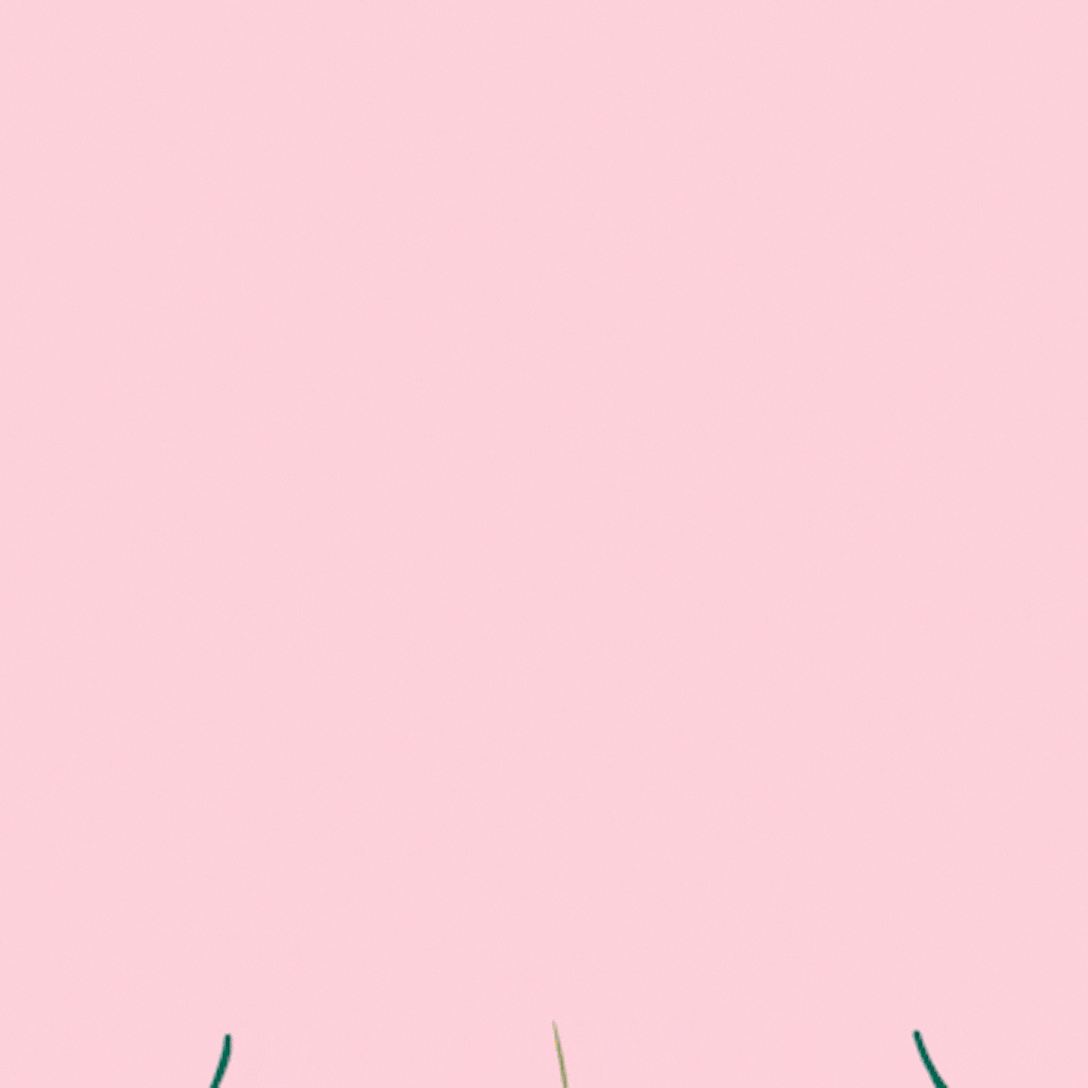 Collections
Collections
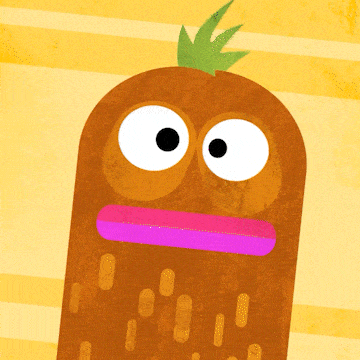 Submissions
Submissions
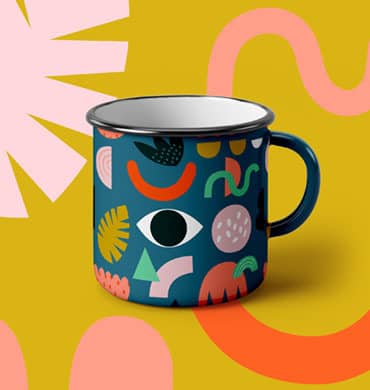 About
About
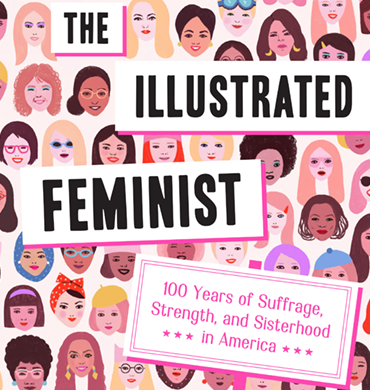 Authors
Authors
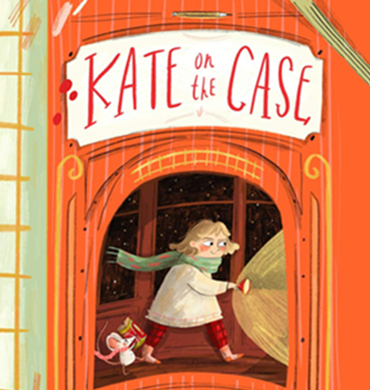 About
About
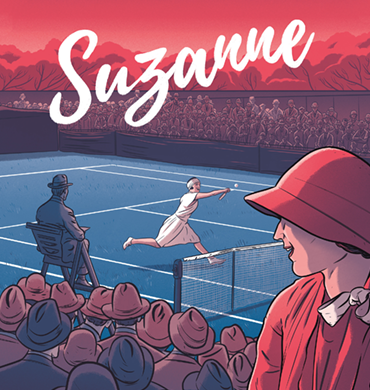 Submissions
Submissions
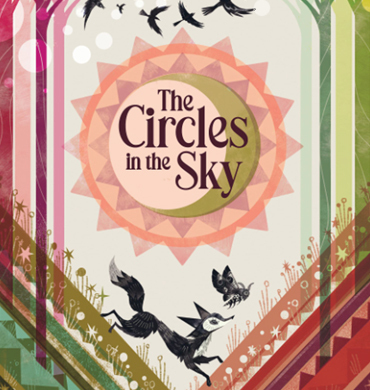 Blog
Blog